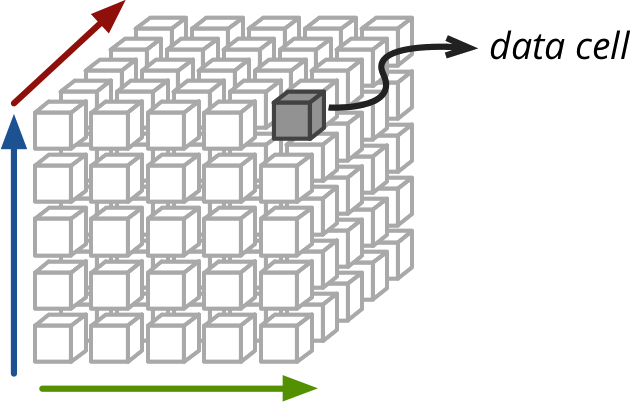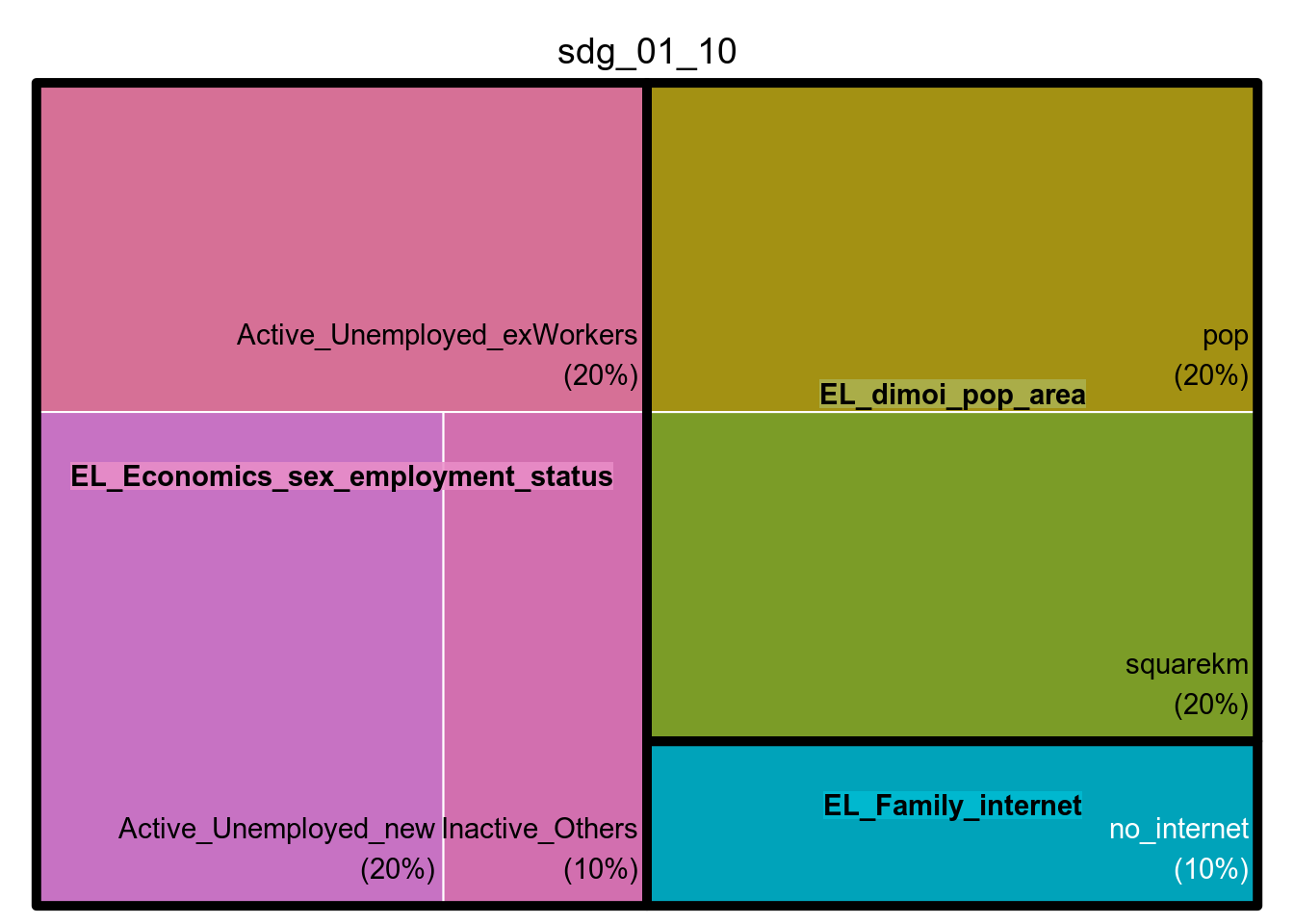SDG indicators

The indicators
25 September 2015: UN General Assembly adopted the 2030 Agenda for Sustainable Development, with 17 goals and 169 targets up to 2030. SDGs apply to all countries, but with differing responsibilities March 2016: UN Statistical Commission agrees 230 global indicators “as a practical starting point”.
Why are the SDGs important?
The SDGs are officially-endorsed goals that provide an entry-point to civil society and social partners for dialogue with governments. The goals are action-oriented and concise. They are also easy to communicate, limited in number and aspirational. Also, the SDGs are global in nature and universally applicable to all countries while taking into account different national realities, capacities and levels of development and respecting national policies and priorities.
SDGs
(1) End **poverty** in all its forms everywhere
(2) End **hunger**, achieve food security and improved nutrition, and promote sustainable agriculture
(3) Ensure healthy lives and promote well-being for all at all ages
(4) Ensure inclusive and equitable quality education and promote life-long learning opportunities for all
(5) Achieve gender equality and empower all women and girls
(6) Ensure availability and sustainable management of water and sanitation for all
(7) Ensure access to affordable, reliable, sustainable and modern energy for all
(8) Promote sustained, inclusive and sustainable economic growth, full and productive employment and decent work for all
(9) Build resilient infrastructure, promote inclusive and sustainable industrialization and foster innovation
(10) Reduce inequality within and among countries
(11) Make cities and human settlements inclusive, safe, resilient and sustainable
(12) Ensure sustainable consumption and production patterns
(13) Take urgent action to combat climate change and its impacts
(14) Conserve and sustainably use the oceans, seas and marine resources for sustainable development
(15) Protect, restore and promote sustainable use of terrestrial ecosystems, sustainably manage forests, combat desertification and halt and reverse land degradation and halt biodiversity loss
(16) Promote peaceful and inclusive societies for sustainable development, provide access to justice for all and build effective, accountable and inclusive institutions at all levels
(17) Strengthen the means of implementation and revitalize the global partnership for sustainable developmentConnection between SDGs
SDGs cannot be implemented in isolation. For example goal No2 focuses on hunger and sustainable food production also aims to promote a resilient agricultural system to climate change. Goal No12 focus on sustainable production and consumption (SCP) which requires sustainable management and efficient use of natural resources.
Research Project
This is a research project with the title: “80320 - Operational Plan of Skiathos Municipality with Sustainable Development Indices (SDGs)”. The Primary Investigator of the project is Dimitris Kavroudakis who is an Assistant professor of Geographical Analysis, Department of Geography University of the Aegean.

This research project aims to calculate the mathematical contribution of each Greek Municipality in the national value of SDG for Greece. Using a newly developed method: Proxy Weighted Partitioning we can identify the unique contribution of each municipality in a national level for each SDG indicator. The method is based on partitioning the single number of each SDG indicator into N segments based on proxy datasets from Greek Census Of Population and reweighing each part accordingly both horizontally (for each variable) and vertically (for each municipality).

National SDG value
The sdg_01_10 target refers to the percentage of people at risk of poverty or social exclusion. The national value for target sdg_01_10 in Greece is 31.8. Thus, the percentage of participation of the Municipality of Skiathos in the national price should be calculated. To identify the participation of the Municipality of Skiathos in the national price, the participation of all municipalities in the national price must be calculated. This participation of each municipality in the national price is called sub-price.

Intermediate Data
In order to calculate the sub-price of the Municipality of Skiathos, however, intermediate (proxy) data must be used which correspond to the general topic of the SDG target. That is, to identify relevant proxy data for this municipality, which quantify the percentage of people at risk of poverty or social exclusion. However, Greek Statistcial Authority (ELSTAT) and EUROSTAT do not provide such data. They provide such data only in municipal geographical level. Thus, other (intermediate) data that are available at the geographical level of the municipality for Greece should be used. This intermediate data will consist of a weighted synthesis of relevant proxy municipal data, which together form-up parts of the sdg_01_10 target.
The intermediate variables will help to compose a sub-value. Each intermediate variable contributes with a specific weight, depending on its relevance.
The Spatial Analysis, GIS and Remote Sensing (SAGISRS) research team of the Department of Geography, University of the Aegean, has at its disposal the entire Databases of all freely available data of ELSTAT and EUROSTAT per geographical unit. The above Databases cover geographically the whole of Greece and Europe respectively. Thus this research team can develop combined calculations for any geographical level and any variable that is freely available in ELSTAT and EUROSTAT.
For the target sdg_01_10 the following 6 intermediate variables were selected by ELSTAT with the corresponding weight.

Copyright © 2010 Dimitris Kavroudakis. All rights reserved.